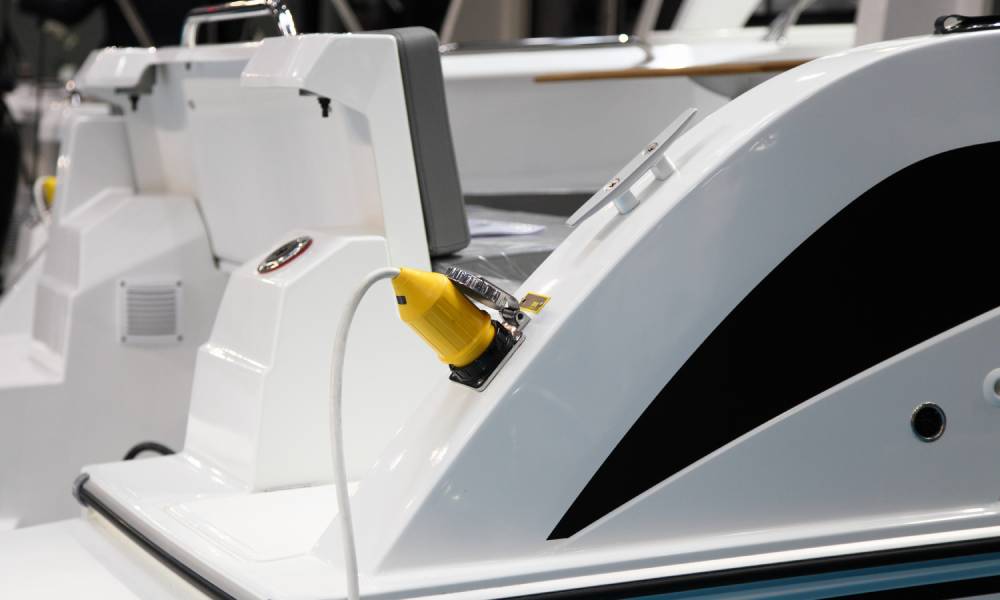Electric boats are becoming increasingly popular. With technological advancements and a growing focus on sustainability, many boat owners are considering switching to electric power. Understanding the key factors to consider when choosing an electric boat battery will ensure you make an informed decision.
Battery Type
When selecting an electric boat battery, your chosen type plays a crucial role. Lithium-ion batteries, lead-acid batteries, and fuel cell options each have their own advantages and drawbacks. Lithium-ion batteries are known for their high energy density, lightweight nature, and longer lifespan compared to traditional lead-acid batteries. They charge faster and offer better performance, making them popular among boat owners.
On the other hand, absorbed glass mat (AGM) batteries, a type of lead-acid battery, are more affordable and widely available. There are differences between lithium and AGM batteries. While AGM batteries may not have the same energy capacity or lifespan as lithium-ion batteries, they are still a reliable option for many boaters.
Energy Capacity
Energy capacity directly affects the range and power of your boat. A higher-capacity battery allows for longer trips without needing a recharge. Consider your typical usage patterns and the distance you usually travel. For instance, investing in a battery with a larger capacity is essential if you plan extended journeys.
Always check the manufacturer’s specifications to understand the watt-hours (Wh) or amp-hours (Ah) a battery provides. This information will help you gauge how long the battery will last under various conditions.
Size and Weight
When selecting a boat battery, balancing efficiency with space and weight limitations is critical. Due to their high energy density, lithium-ion batteries tend to be smaller and lighter than their lead-acid counterparts. This feature can be advantageous for boats where space is at a premium.
However, it’s essential to ensure that the battery size fits within your boat’s designated area and does not compromise balance or stability. Weigh the pros and cons of each battery type, factoring in the importance of maintaining an efficient and balanced setup.
Lifespan and Maintenance
Consider long-term cost implications by evaluating the lifespan and maintenance requirements of different batteries. Lithium-ion batteries typically offer a longer lifespan, often up to ten years or more, with minimal maintenance. In contrast, lead-acid batteries, including AGM variants, may require regular checks and maintenance to ensure optimal performance.
Factor in the total cost of ownership, including potential replacements and maintenance expenses, when making your decision. A longer-lasting battery with low maintenance needs may cost more upfront but could save you money over time.
Charging Infrastructure
Compatibility and accessibility of charging infrastructure are vital considerations. Ensure that the charging systems available at your marina or home dock are compatible with your chosen battery type. Lithium-ion batteries usually require specific chargers, while lead-acid batteries have more generic charging options.
Investigate the availability of fast-charging facilities if you plan on making frequent or extended trips. Reliable and accessible charging infrastructure will ensure you spend more time enjoying the water and less time waiting for your battery to recharge.
When selecting an electric boat battery, consider the type, energy capacity, size, weight, lifespan, maintenance needs, and charging infrastructure. These factors will ensure you choose a battery that meets your boating needs and contributes to a more sustainable marine environment.







